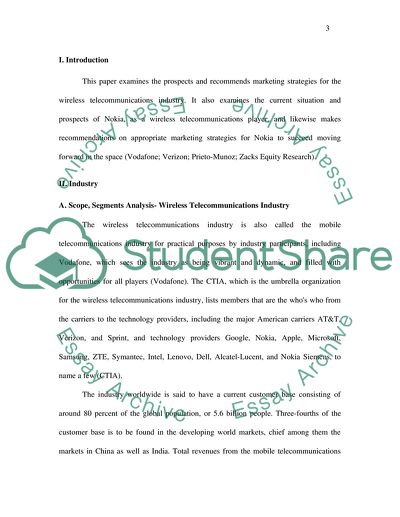Cite this document
(Wireless Telecommunications Industry Term Paper, n.d.)
Wireless Telecommunications Industry Term Paper. Retrieved from https://studentshare.org/media/1790574-marketing-report
Wireless Telecommunications Industry Term Paper. Retrieved from https://studentshare.org/media/1790574-marketing-report
(Wireless Telecommunications Industry Term Paper)
Wireless Telecommunications Industry Term Paper. https://studentshare.org/media/1790574-marketing-report.
Wireless Telecommunications Industry Term Paper. https://studentshare.org/media/1790574-marketing-report.
“Wireless Telecommunications Industry Term Paper”, n.d. https://studentshare.org/media/1790574-marketing-report.


